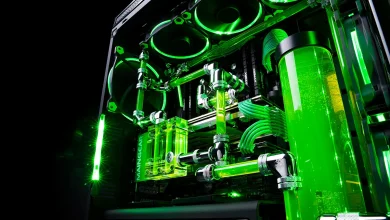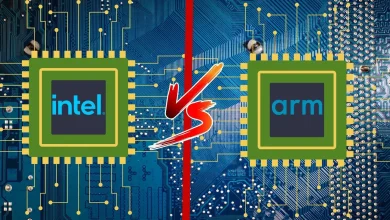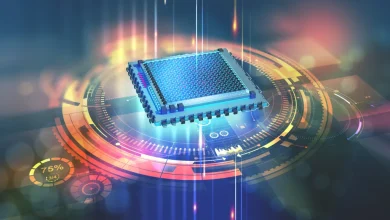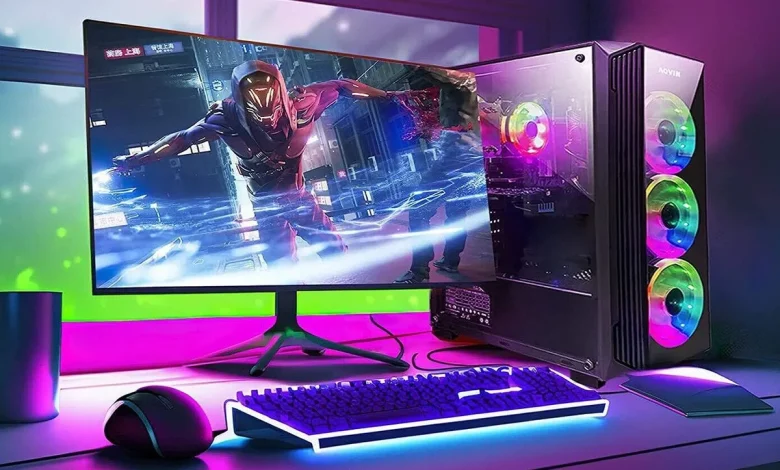
What You Should Know About Coil Whine
Worried about coil whine in your PC? Learn what it is, why it happens, and when—if ever—you should be concerned about the noise.
During gameplay or project rendering your PC begins producing an loud squealing noise. That’s likely coil whine, and while it can be irritating, it’s usually not a sign that something is broken. The audible coils produce this noise as a result of electrical power running through small winding components found on graphics cards and motherboards.
The sound develops due to the coil vibrations triggered by quick electric current movements. When normal operation is exceeded under heavy loads the electrical system draws an increased amount of power that produces audible vibrations from the components. While not every system exhibits it, coil whine is a fairly common occurrence.
Is Coil Whine Dangerous or Just Annoying?
The good news is that coil whine doesn’t damage your PC. The audio emission from coil whine does not reduce the service time of your GPU or CPU or power supply unit. The whip-like sound stands alone as an audial concern rather than a hardware problem and manufacturers only define the noise as defective when it exceeds set loudness levels.
Your extremely quiet PC setup will make it difficult to ignore even the slightest coil whining noise that generates while you work in a silent environment. The sounding noise becomes problematic enough in some cases that it compromises user enjoyment of their device.
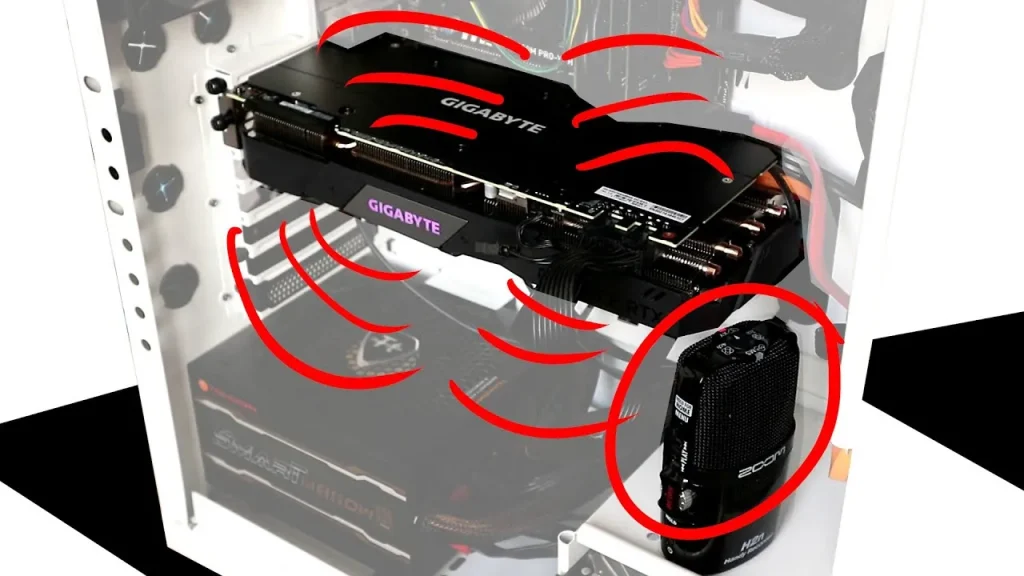
How to Reduce or Minimize the Noise
There’s no guaranteed fix for coil whine, but there are ways to manage or reduce it. Players can solve coil whine-related issues by enabling a frame rate cap in games since it reduces GPU work and stabilizes power usage. The V-Sync function together with similar technologies regulates power usage thus reducing cases of coil whine.
The replacement of power supplies combined with undervolting component parts might minimize noise output. Relocating the PC to a sound-insulated space is another option, especially if you’re particularly sensitive to high-frequency sounds caused by coil whine.
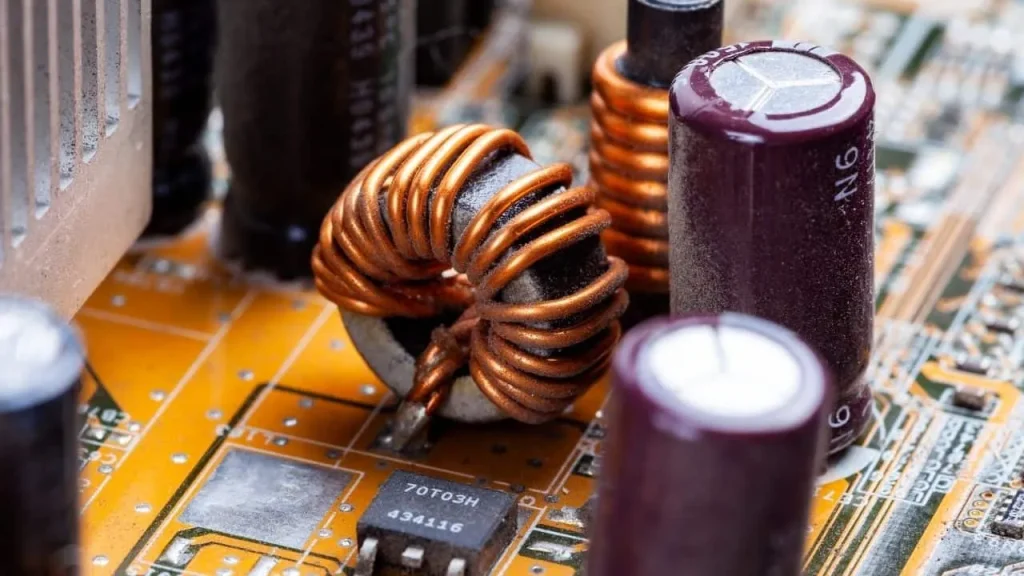
When to Worry—and When Not To
If your system is otherwise stable, you probably don’t need to worry about coil whine. The acoustic distortion creates no damage to the system despite producing distracting noises. Additional hardware problems which cause system crashes, overheating or component failure suggest possible different serious issues with your system.
Ultimately, coil whine is more about comfort than danger. You should consider contacting the manufacturer for a return or replacement since the device still warrants their coverage. Despite being commonly labeled as normal noise not all companies will replace the product due to this issue.
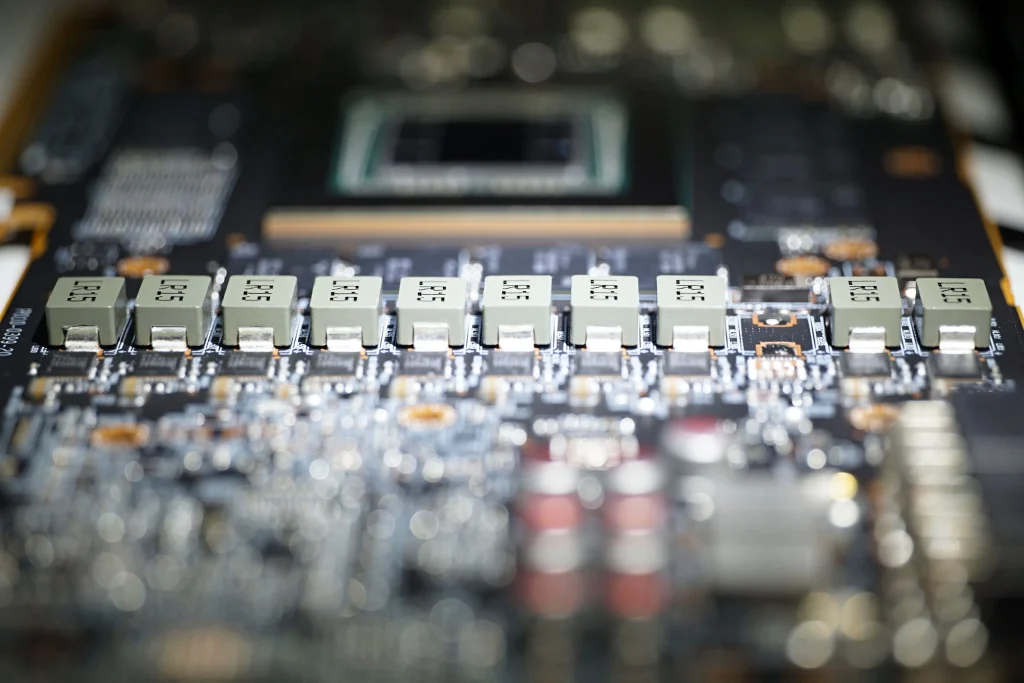
Final Thought
Whether you tolerate it or actively work to avoid it, knowing the facts about coil whine can help reduce the stress it causes. Modern high-performance hardware systems function with this undesirable phenomenon.
A system containing coil whine may or may not exist in a particular unit with variations possible across different units of the same model. If you’re building or buying a new system and want to steer clear, researching components with lower reported cases of coil whine may save you frustration down the line.

